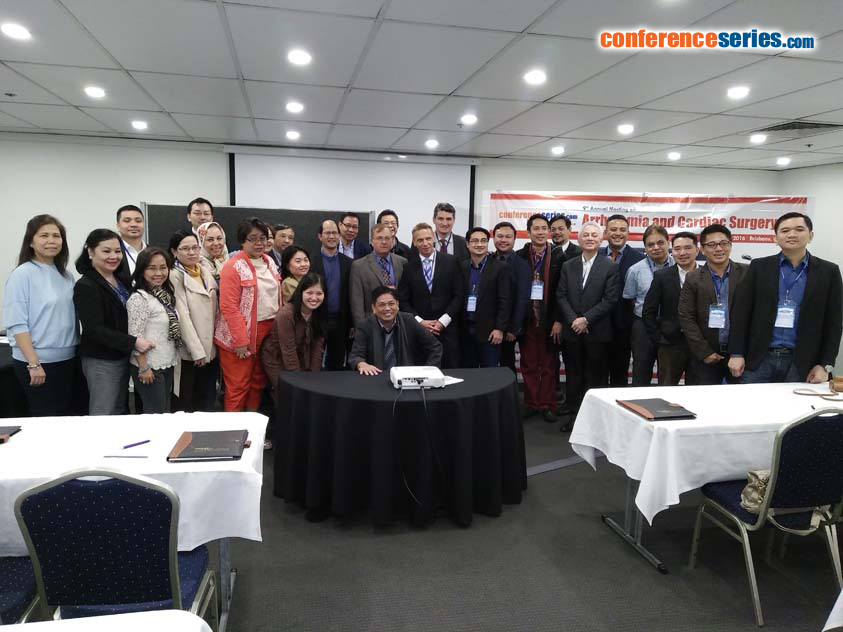
Jeko Metodiev Madjarov
University of North Carolina, USA
Title: Extrapericardial placement of implantable cardioverter-defibrillator leads: A novel technique for cardiac anti-arrhythmic therapy
Biography
Biography: Jeko Metodiev Madjarov
Abstract
Transvenous pacing leads insertion provides good long-term results for implantable cardioverter-defibrillator (ICD). However many factors like venous occlusion, intracardiac shunting, previous surgery or risk of extraction may prohibit or complicate transvenous ICD lead placement. The indications for nontraditional placement of ICD leads have greatly expanded over the past decade especially with the growing population of Adult Congenital patients. The aim of this study was to evaluate the impact of extrapericardial placement of ICD leads for treating ventricular arrhythmia via AntiTachicardic Pacing (ATP) and/or Defibrillation.In vivo studies were performed in 9 female Yorkshire pigs (weight 46.2+/-6.1 kg). Surgical approach via left mini-thoracotomy. The first custom-made bipolar pacing lead was sutured extrapericardially at the level of the lateral wall of the left ventricle (LV) and the second lead was secured in a similar fashion at the level of the basal aspect of the right ventricle without opening the pericardium. The ICD generator was placed into the chest wall. A standard “Shock on T” pacing scheme induced ventricular fibrillation (VF).All ICD systems had acceptable defibrillation thresholds with energy tested at 21J, 29J, 37J x 5. There was no increase in impedance between the coil and generator. There were no inappropriate discharges. Each successful shock converted VF to normal sinus rhythm. The mean R-wave amplitude was 9 mV +/- 4 mV. The mean pacing impedance was 331 Ohms. The mean threshold was 4.8V @ 1.5ms.Extrapericardial placement of ICD leads has demonstrated good performance with stable defibrillator parameter. It appears to be a simple efficacious technique to ICD therapy and in some clinical situations can overcome limitations of transvenous or epicardial approaches as well as provide the ability to deliver ATP which is in stark contrast to currently available technology.




